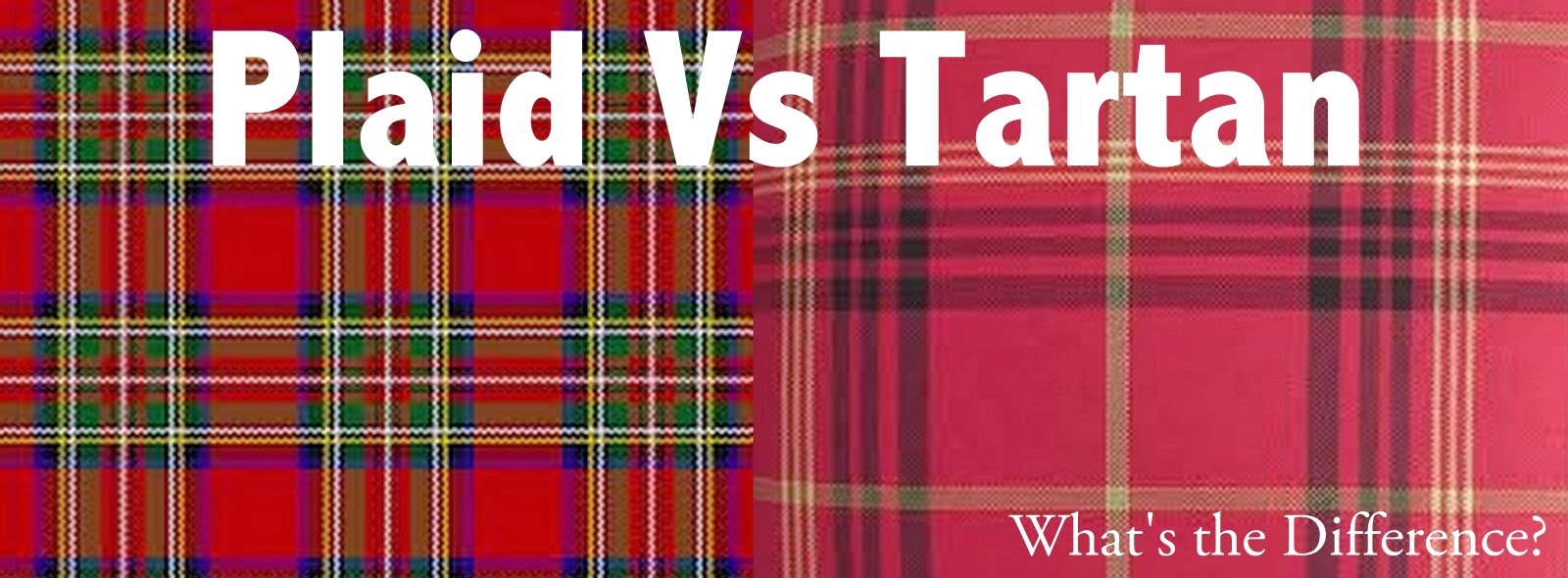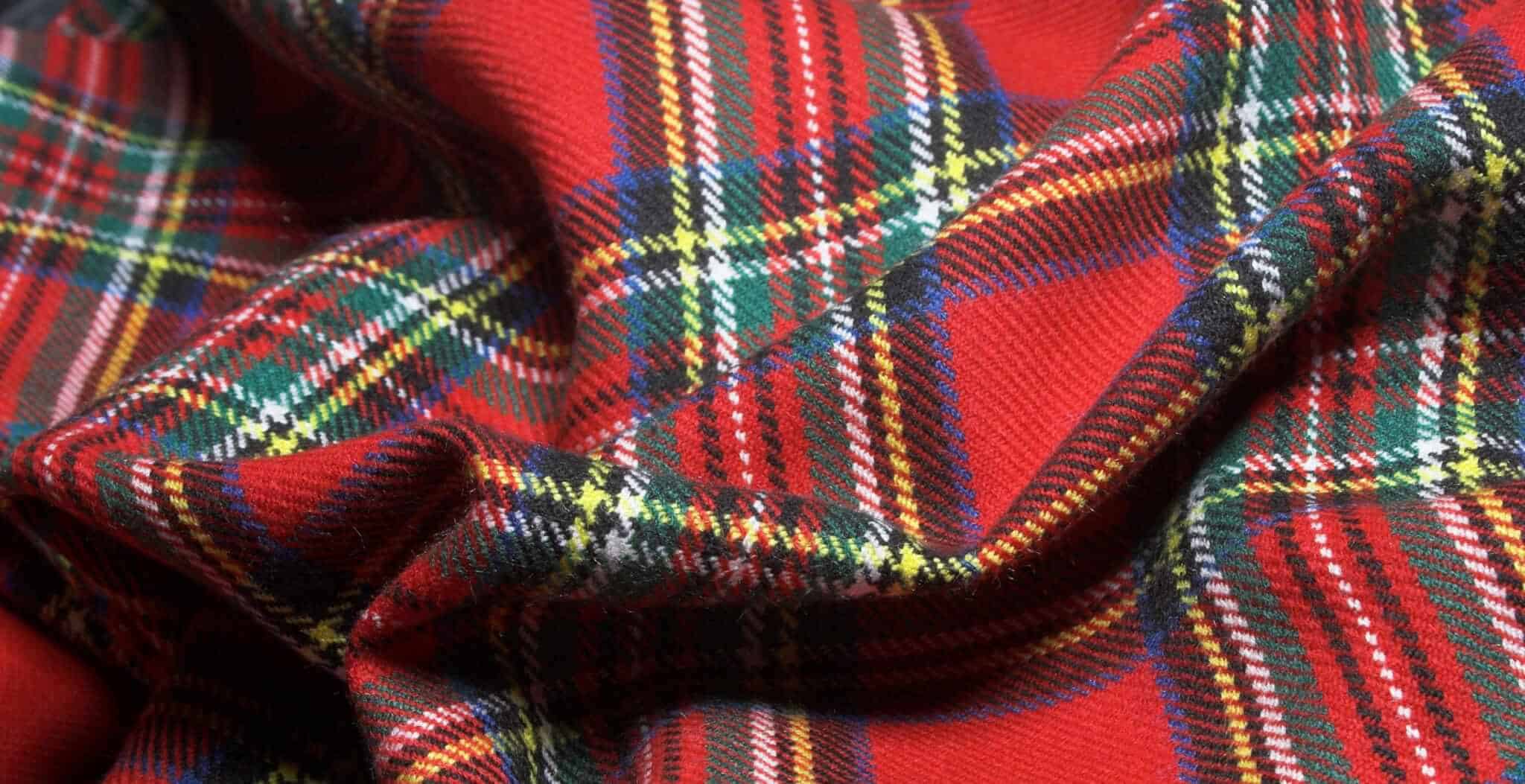Historical Origins of Tartan

Tartan meaning – Tartan, a distinctive woven fabric characterized by its criss-cross pattern, holds immense cultural significance in Scotland. Its origins can be traced back to the ancient Celts, who inhabited the region centuries ago. The word “tartan” is derived from the French term “tiretaine,” which refers to a type of woolen cloth.
Tartan, a checkered fabric with a distinctive pattern, holds a rich cultural significance. Its intricate designs have been associated with Scottish clans for centuries. Interestingly, the civil rights act of 1964, a landmark legislation in the fight for equality, also bears a connection to tartan.
The iconic plaid patterns worn by activists during the civil rights movement symbolized unity and defiance against discrimination. Today, tartan remains a powerful symbol of both Scottish heritage and the ongoing struggle for human rights.
Clans and Regions
Over time, different clans and regions within Scotland adopted unique tartan patterns as a way of identifying their members. Each clan developed its own distinctive design, which was passed down through generations. Tartans became a symbol of clan identity and unity, and they were often worn at gatherings and special occasions.
Evolution of Tartan Designs
The designs of tartans have evolved over time, influenced by factors such as fashion, technology, and cultural exchange. In the 18th century, the Highland Dress Act of 1746 banned the wearing of tartan in an attempt to suppress Scottish culture. However, the act was eventually repealed in the 19th century, and tartan experienced a revival in popularity. Today, tartans are worn by people around the world as a symbol of Scottish heritage and pride.
Tartan, the iconic plaid fabric associated with Scottish heritage, symbolizes a rich tapestry of history and tradition. Interestingly, the legal concept of “scotus overturns chevron” bears some parallels to the complexities of tartan design. Just as the Supreme Court’s decision in this case altered the balance of power between courts and agencies, so too can the intricate patterns and colors of a tartan convey nuanced meanings and connections.
Whether it’s a clan’s proud lineage or a personal statement, tartan remains an enduring symbol of identity and heritage.
Cultural Symbolism of Tartan

Tartan has a profound cultural significance in Scotland, serving as a powerful symbol of identity, heritage, and belonging. The intricate patterns and vibrant colors of tartans carry deep symbolic meanings, connecting individuals to their clans, regions, and traditions.
Colors and Patterns
Each tartan features a unique combination of colors and patterns, often reflecting the wearer’s clan or family lineage. The colors may represent specific virtues or qualities, such as red for bravery, blue for loyalty, and green for hope. The patterns, known as “setts,” can vary greatly in complexity and design, each carrying its own historical and cultural significance.
Scottish Identity
Tartan has become synonymous with Scottish identity, embodying the nation’s rich history and cultural heritage. It is a symbol of pride and unity, worn by individuals from all walks of life to express their connection to their Scottish roots. Tartan is often featured in traditional Scottish clothing, such as kilts, skirts, and jackets, as well as in accessories like scarves, ties, and hats.
Cultural Artifacts, Tartan meaning
Beyond its use in clothing, tartan has been incorporated into various cultural artifacts, further solidifying its symbolic importance. It adorns flags, banners, and tapestries, representing the unity and heritage of Scottish communities. Tartan is also used in interior design, from curtains and upholstery to carpets and artwork, adding a touch of Scottish flair to any space.
Contemporary Uses of Tartan: Tartan Meaning

Tartan has transcended its traditional Scottish roots to become a global symbol of style and cultural heritage. In modern times, tartan patterns have found diverse applications in fashion, design, and beyond, embracing both traditional and innovative interpretations.
In the fashion industry, tartan is a perennial favorite, adorning everything from classic kilts and skirts to contemporary dresses, shirts, and accessories. Designers have experimented with different tartan variations, creating new color combinations and patterns that cater to modern aesthetics.
Adaptations and Variations
The adaptability of tartan is evident in its widespread use across various industries. In home décor, tartan patterns add a touch of warmth and sophistication to textiles, furniture, and wallpaper. Similarly, in the automotive industry, tartan upholstery and interior accents have become synonymous with luxury and style.
Cultural Significance and Popularity
Beyond Scotland, tartan has gained immense popularity as a symbol of cultural pride and heritage. Tartan patterns representing different clans, regions, and organizations are worn and displayed worldwide, fostering a sense of community and belonging.
The global appeal of tartan can be attributed to its timeless aesthetic, versatility, and the cultural significance it carries. Whether in traditional Scottish attire or contemporary fashion, tartan continues to resonate with people of diverse backgrounds, embodying both tradition and modernity.
Tartan, a checkered fabric with intersecting stripes, has a rich history and cultural significance. Interestingly, the Supreme Court’s recent ruling in chevron vs nrdc overturned highlights the importance of deference to agency interpretations. Just as the vibrant colors and patterns of tartan symbolize tradition and identity, the legal principles at play in chevron vs nrdc overturned emphasize the delicate balance between judicial review and administrative expertise.
Tartan, a distinctive patterned fabric, has a rich history and cultural significance. Its intricate designs have been used to represent clans and regions for centuries. In a similar vein, the Grants Pass Supreme Court upholds the law and ensures justice, just as tartan patterns symbolize identity and heritage.
Tartan, a distinctive patterned fabric woven with crisscrossed threads, has a rich history steeped in Scottish culture. Its unique designs, often associated with specific clans, have become a symbol of tradition and heritage. Interestingly, Kentucky’s 4th Congressional District, represented by Thomas Massie , has a strong affinity for tartan.
Many residents proudly display their Scottish ancestry through the wearing of kilts and the incorporation of tartan patterns into their daily lives, showcasing the enduring legacy of this iconic fabric.